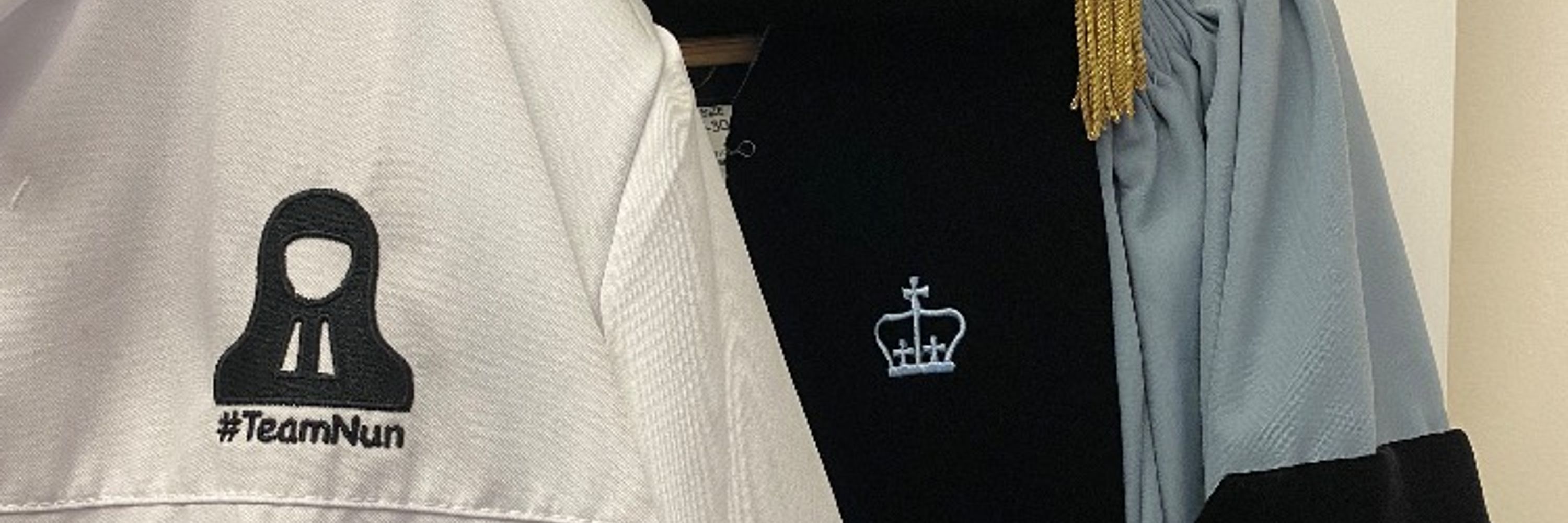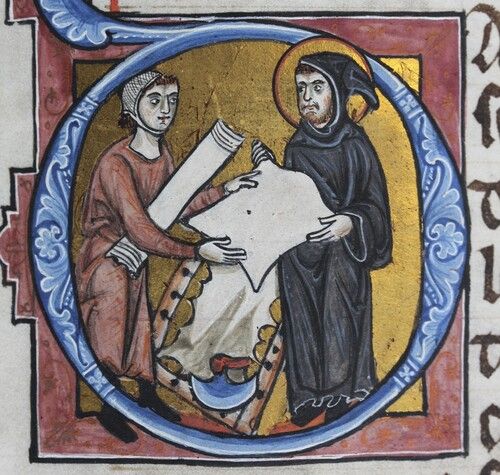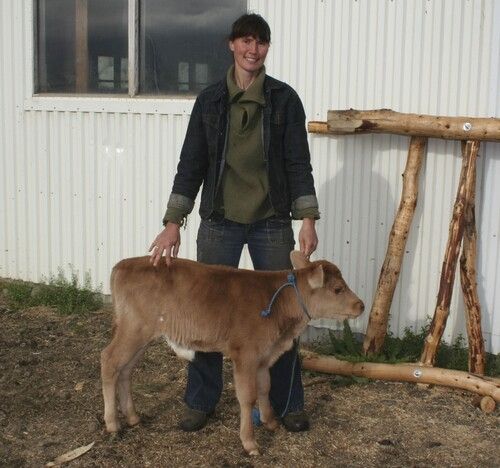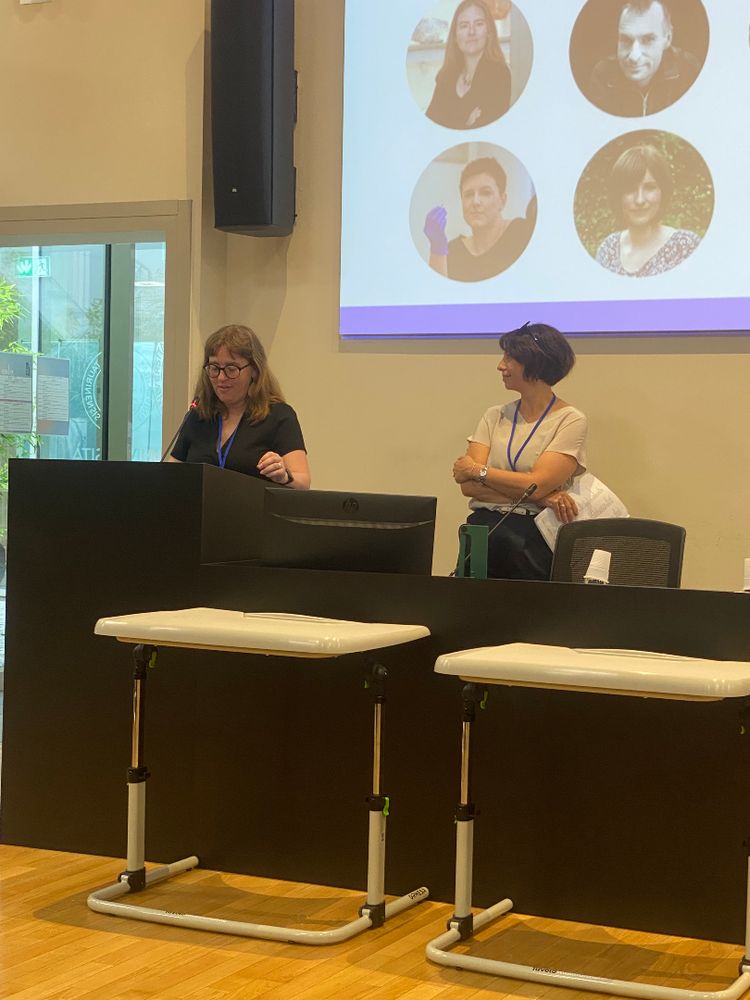































historyinourbones.info
historyinourbones.info
www.historyinourbones.info
#TeamNun #MedievalSky
www.historyinourbones.info
#TeamNun #MedievalSky
www.historyinourbones.info
#TeamNun #MedievalSky
www.historyinourbones.info
#TeamNun #MedievalSky
This research shows how a careful reading of parchment tells a rich story of its creation.
www.tandfonline.com/doi/full/10....




This research shows how a careful reading of parchment tells a rich story of its creation.
www.tandfonline.com/doi/full/10....
This research shows how a careful reading of parchment tells a rich story of its creation.
www.tandfonline.com/doi/full/10....









